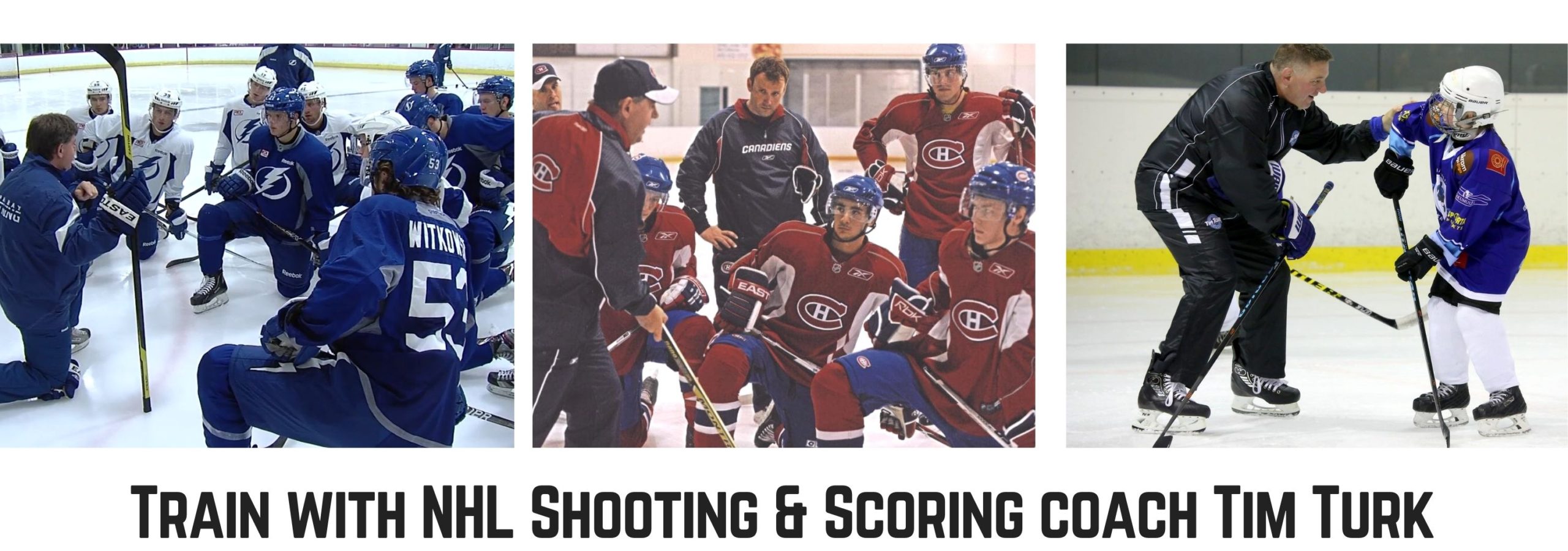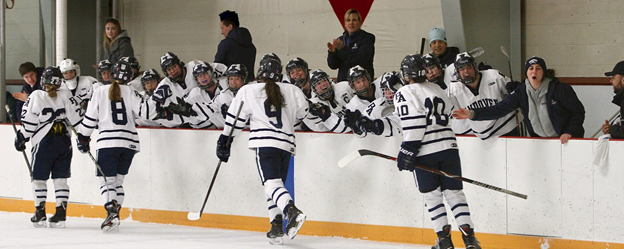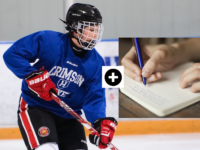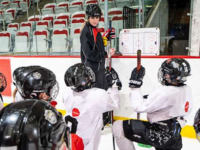It is a question that has long been asked, but until recently, a question that has not been given as much public thought as it may require. Should there be a difference between how we coach boys and girls? Does this have a long-standing effect on their future careers as athletes, and more importantly, in their daily lives once they no longer play the sport? At the professional and semi-professional level, it has been unfairly accepted that male and female athletes should be compensated differently. We have spoken before about the vast differences in pay between athletes in the NBA and the WNBA, and this extends to other sports such as soccer, hockey, and golf. So, if that is the precedent that has been set for female athletes in the future, are we inherently coaching them differently from boys when they are at a young age? Coaching girls to be less competitive and only to have fun just perpetuates the self-fulfilling prophecy that professional female athletes continue to struggle with.
If you are a parent, you probably already know that boys and girls require different approaches when we try to get them to listen to instructions. Being a coach of young boys and girls is no different! At times, boys can be relentless, bouncing off the walls and seemingly ignoring instructions to have more fun. But how you fundamentally deal with them on the ice as a coach should not differ too much. Let’s take a look at some ways that we can guide them towards being better hockey players!
Positive Reinforcement
This goes for any level of sports, regardless of being male or female. A great coach will always take the time to support and nurture their players by pointing out the positive things they do in games and during practices. If you can say something positive to each of your players every game and every practice, you will leave a lasting impression on them that will stay with them far longer than their hockey careers. In this case, it just doesn’t matter if you are male or female, everyone needs to hear that what they are doing on the ice is contributing to the success of the team!
Don’t take it easy on girls!
As a society, males seem to be predisposed to be less aggressive when it comes to playing with or against girls. Oftentimes in peewee hockey, boys and girls play together, so as a coach we need to begin to teach all of our players that on the ice, girls can be treated as equals. Is there any reason at such a young age for boys to be less aggressive or competitive because they are checking a girl? Absolutely not.
Pre-puberty vs. Post-puberty
As a rule, girls begin to enter puberty at an earlier stage than boys. There is a reason we say that girls grow up faster, and as a coach you’ll have to learn to adapt to this. The biggest difference between girls and boys at puberty is that boys see a massive release of testosterone which increases their aggression, as well as their strength. Girls see a release of different hormones, so by this age, the physical differences may become much more apparent on the ice. By this point, boys and girls have been separated to play within their own genders, and while boys usually do not require as much of a push when it comes to aggression, do not get that confused with girls not being competitive. The same emphasis on team success and competition should be encouraged to both boys and girls, as it is a foundational part of team sports that they can apply to different facets of their lives in the future.
Does it matter if you are a male or female coach?
It shouldn’t! As more females are entering the coaching ranks of professional sports, players are growing more accustomed to have either a male or female behind the bench. The same goes for youth hockey, where it is often volunteering parents that do the work! If you do find yourself behind the bench of a youth hockey team, remember to treat all your players equally, even if you do have to give your instructions or lessons a little differently.
Do not stop encouraging your players
This goes hand in hand with positive reinforcement, but encouragement is just another way to positively impact youth hockey players. For boys, a long term goal may be to play in the NHL, where you can make millions of dollars and have global fame and fanfare. For girls, their future in hockey is unfortunately not as lavish. While barriers are constantly being broken down as more females get into coaching, refereeing, and broadcasting, the fact remains that professional hockey for girls is not even in the same stratosphere as the NHL. How do we keep girls encouraged that they have a chance to fulfill their dreams as professional hockey players? Just keep being positive, keep encouraging them, and treat them as equals both on and off the ice!






